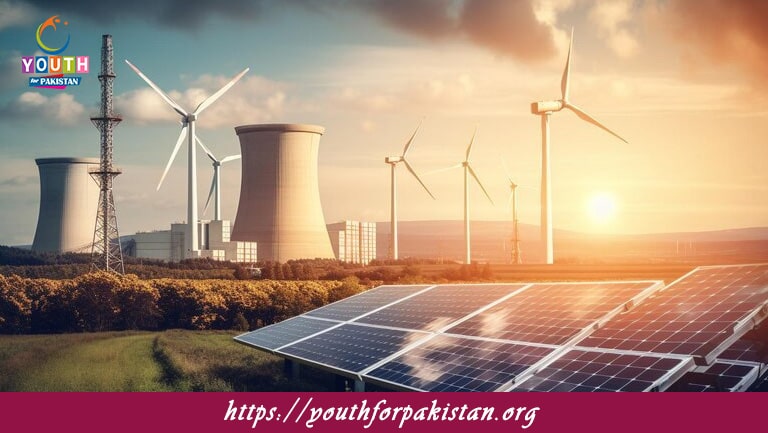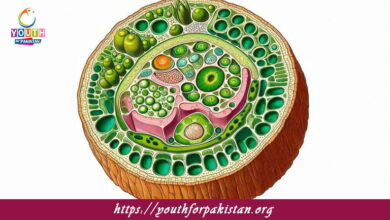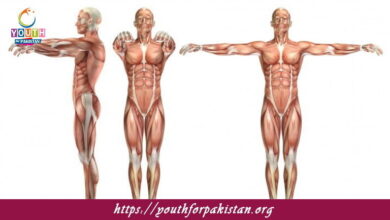Energy MDCAT MCQs with Answers

Welcome to the Energy MDCAT MCQs with Answers. In this post, we have shared Energy Multiple Choice Questions and Answers for PMC MDCAT 2024. Each question in MDCAT Physics offers a chance to enhance your knowledge regarding Energy MCQs in this MDCAT Online Test.
Energy MDCAT MCQs Test Preparations
Energy is defined as:
a) The capacity to do work
b) The rate at which work is done
c) The force applied over a distance
d) The product of mass and velocity
The SI unit of energy is:
a) Joule
b) Watt
c) Newton
d) Meter
Kinetic energy depends on:
a) The mass of the object and its velocity squared
b) The mass of the object and its height
c) The speed of the object and the distance traveled
d) The force applied and the time
Potential energy is:
a) The energy an object has due to its position or configuration
b) The energy an object has due to its motion
c) The energy stored in an object due to its temperature
d) The energy transferred through electrical currents
In a closed system, energy cannot be:
a) Created or destroyed
b) Converted from one form to another
c) Transferred between objects
d) Stored for future use
The law of conservation of energy states that:
a) The total energy of an isolated system remains constant
b) Energy can be created but not destroyed
c) Energy can be destroyed but not created
d) Energy can be transferred but not conserved
Thermal energy is:
a) The total internal energy of an object due to its temperature
b) The energy stored in a stretched spring
c) The energy due to the object’s motion
d) The energy associated with chemical reactions
The energy of an object in motion is known as:
a) Kinetic energy
b) Potential energy
c) Thermal energy
d) Chemical energy
Elastic potential energy is stored in:
a) Stretched or compressed springs
b) Moving objects
c) Elevated objects
d) Heated substances
The energy of a compressed gas is primarily:
a) Potential energy
b) Kinetic energy
c) Thermal energy
d) Chemical energy
The total mechanical energy of an object is the sum of:
a) Its kinetic and potential energy
b) Its thermal and chemical energy
c) Its elastic and gravitational energy
d) Its electrical and magnetic energy
The work done on an object equals:
a) The change in its energy
b) The force applied times the distance
c) The total energy of the object
d) The power output of the object
Energy can be transformed from:
a) One form to another
b) One object to another
c) One location to another
d) One time period to another
The unit of power is:
a) Watt
b) Joule
c) Newton
d) Meter
Power is defined as:
a) The rate at which energy is transferred or converted
b) The total amount of energy used
c) The amount of work done
d) The force applied over a distance
In an ideal machine, the work input is:
a) Equal to the work output
b) Greater than the work output
c) Less than the work output
d) Zero
The energy stored in food is an example of:
a) Chemical energy
b) Kinetic energy
c) Gravitational potential energy
d) Thermal energy
The energy of an object due to its height above the ground is:
a) Gravitational potential energy
b) Kinetic energy
c) Thermal energy
d) Elastic potential energy
The energy that is transferred due to a temperature difference is:
a) Heat
b) Work
c) Power
d) Potential energy
The principle of conservation of energy states that:
a) Energy cannot be created or destroyed, only transformed
b) Energy can be created from nothing
c) Energy can be destroyed but not created
d) Energy is always lost in every transformation
The energy required to lift an object to a height is converted into:
a) Gravitational potential energy
b) Kinetic energy
c) Thermal energy
d) Elastic potential energy
The kinetic energy of a moving car depends on:
a) The mass of the car and the square of its velocity
b) The car’s weight and its height
c) The car’s fuel efficiency
d) The car’s engine power
The work done to stretch a spring is an example of:
a) Elastic potential energy
b) Kinetic energy
c) Gravitational potential energy
d) Thermal energy
When a pendulum swings, its energy alternates between:
a) Kinetic and gravitational potential energy
b) Kinetic and thermal energy
c) Gravitational and elastic potential energy
d) Thermal and chemical energy
In a closed system, if the total mechanical energy remains constant, then:
a) Energy is conserved
b) Energy is lost
c) Energy is created
d) Energy is transformed into heat
The energy required to change the temperature of a substance is known as:
a) Heat energy
b) Kinetic energy
c) Potential energy
d) Elastic energy
The energy possessed by an object due to its deformation is:
a) Elastic potential energy
b) Gravitational potential energy
c) Kinetic energy
d) Chemical energy
The energy of a moving electron in an electric field is:
a) Electrical energy
b) Kinetic energy
c) Gravitational potential energy
d) Thermal energy
The amount of energy required to break a chemical bond is:
a) Bond dissociation energy
b) Kinetic energy
c) Gravitational potential energy
d) Thermal energy
In a frictionless system, the total energy remains:
a) Constant
b) Zero
c) Increasing
d) Decreasing
The process of converting mechanical energy into electrical energy is done by a:
a) Generator
b) Battery
c) Resistor
d) Transformer
The energy of an object at rest is:
a) Potential energy
b) Kinetic energy
c) Thermal energy
d) Elastic energy
The energy possessed by a moving car is:
a) Kinetic energy
b) Potential energy
c) Thermal energy
d) Chemical energy
The energy transformation in a hydroelectric power plant involves:
a) Gravitational potential energy to mechanical energy to electrical energy
b) Chemical energy to thermal energy to electrical energy
c) Kinetic energy to elastic potential energy to electrical energy
d) Thermal energy to mechanical energy to gravitational potential energy
The energy required to heat a substance can be calculated using:
a) Specific heat capacity
b) Bond dissociation energy
c) Gravitational potential energy
d) Kinetic energy formula
The energy possessed by a battery is:
a) Chemical energy
b) Kinetic energy
c) Thermal energy
d) Gravitational potential energy
The energy conversion in a light bulb involves:
a) Electrical energy to light and thermal energy
b) Kinetic energy to chemical energy
c) Potential energy to kinetic energy
d) Thermal energy to electrical energy
If you are interested to enhance your knowledge regarding Physics, Chemistry, Computer, and Biology please click on the link of each category, you will be redirected to dedicated website for each category.




